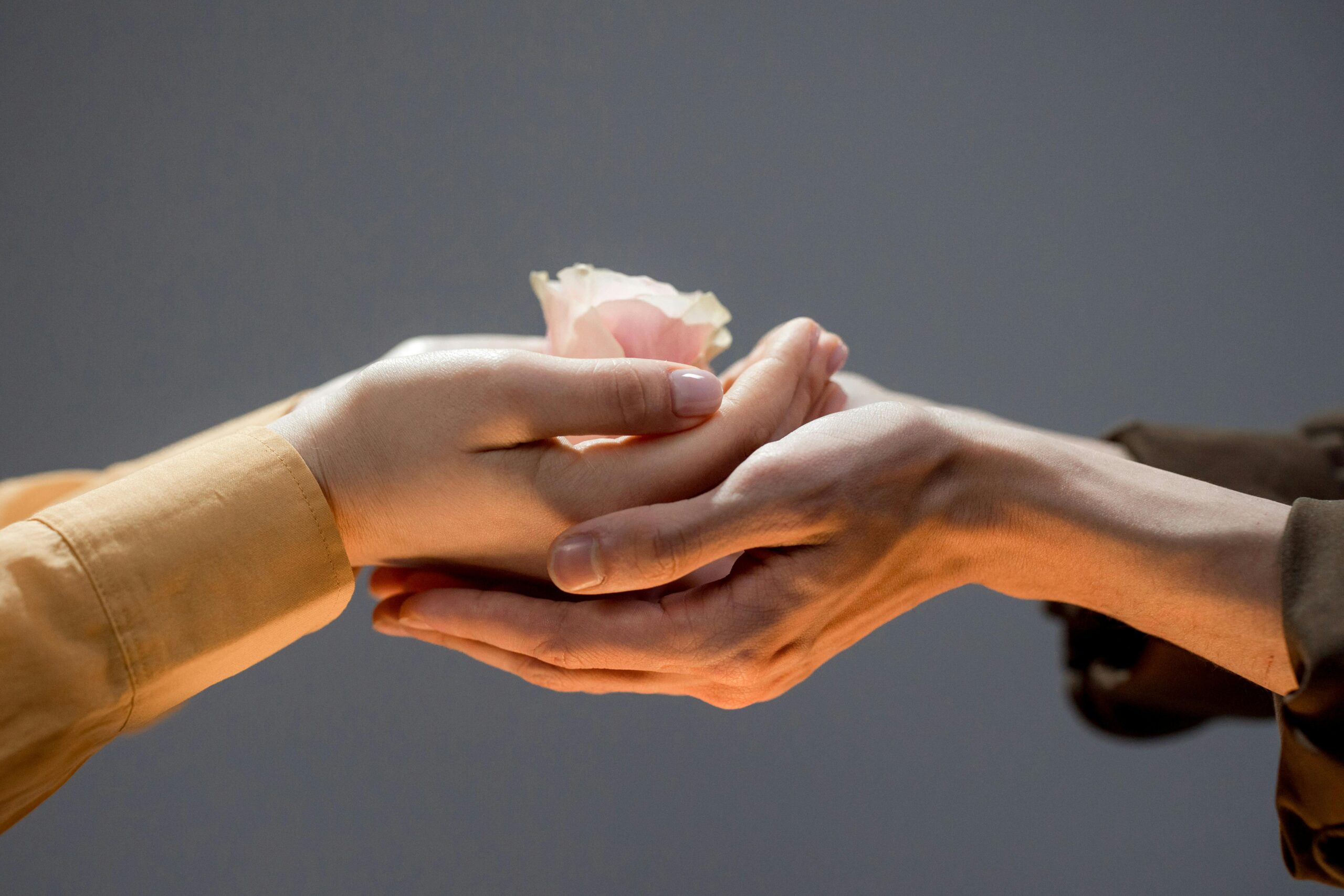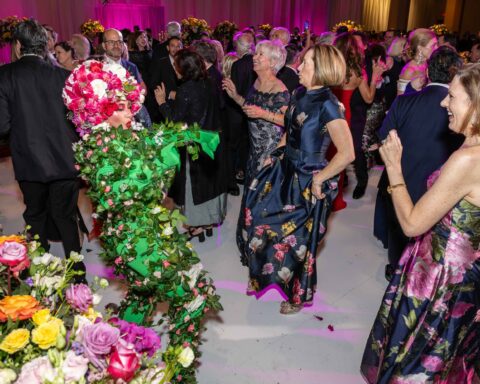Resonance Repatternist Mary Schneider Shares How The Process Works

At first glance, creativity and healing may seem like separate pursuits—one rooted in imaginative expression, the other in emotional excavation, according to Resonance Repatternist Mary Schneider, founder of RepatternIt.com. Yet, anyone who has embarked on a deep therapeutic journey knows they are intimately intertwined. Beneath the surface of self-inquiry lies the same fertile ground from which art is born: the desire to understand, to reveal, to transform. The therapeutic process, far from being merely clinical or analytical, is a profoundly creative act. It asks us to engage with the raw material of our lives—our memories, emotions, traumas, and beliefs—and shape them into something meaningful, coherent, and ultimately redemptive.
This exploration is not only psychological but spiritual. Whether we call it the soul, the self, or the Divine, there is something within us that longs to be known and expressed. The journey inward, through therapy or other healing practices, invites us to reconnect with this essence. Along the way, we discover that healing is not a detour from creativity—it is its deepest source. Just as artists labor to bring invisible truths into form, those who engage in self-inquiry uncover and reshape the architecture of their inner world. This is the creative life at its most courageous: the art of becoming whole.
The intersection of art and spirituality has long been a nuanced dance, where each seeks expression but occasionally finds itself at odds. For artists, the pursuit of spiritual growth raises profound questions about the essence and origin of creativity. Can one fully embrace a path of devotion while preserving the untamed blaze of artistic expression? Creativity thrives on freedom, yet spirituality often demands structure; reconciling these forces feels like walking a tightrope between individuality and surrender.

I recall a story about Joni Mitchell and a Buddhist teacher that resonated deeply with me. Mitchell, an artist, once expressed to the Rinpoche her struggle to align her artistic career with a path of spiritual devotion. Her dilemma echoed my own discomfort at the time, prompting reflection. Through personal experience, I’ve come to realize that self-analysis and self-awareness are among humanity’s most profound creative endeavors.
In essence, spirituality and creativity are mutually enriching. Therapy, in particular, emerges as an exceptionally creative process—one that mirrors the divine creative force underlying all existence. It is in peeling away layers through deep introspection that we uncover our true essence, the gateway to limitless possibilities. From this wellspring flows all creativity. What we unearth in self-reflection nurtures our divine essence, which in turn becomes our ultimate source of creative inspiration.
It’s essential to note that this journey isn’t limited to psychoanalysis alone; numerous therapeutic modalities provide alternative pathways to healing. Engaging in therapy is a personal and sacred choice, one that respects individual needs and boundaries. There’s no mandate to “heal thyself”; each person navigates their own path.
Consider how many spiritual traditions view humans as divine beings experiencing a human journey. Our experiences shape our belief systems, emotions, and thoughts—often not in a positive way. Dysfunctional societal and familial dynamics reinforce negative patterns, embedding them in neural pathways. Therapy unravels these complex layers, revealing defense mechanisms developed over the years to cope with trauma.

As destructive patterns are unveiled and healed, we create space within ourselves. This space, filled with love and light, brings enlightenment—an unfolding of self-love essential for compassion towards oneself and others. This transformative process takes time, requiring patience and dedication to dismantle deeply ingrained structures that have been built in defense.
Ultimately, therapy can facilitate not just healing but also profound personal growth and creativity. As we connect with our divine essence through this journey, we awaken a similar spirit in others. Great art resonates deeply because it touches the spark of the spirit within us, unveiling greater depths of human experience.
In summary, the therapeutic process can stand as a testament to the inseparable connection between creativity and spirituality, offering a path to profound self-discovery and the liberation of our creative potential.

Here’s an excerpt from Kahlil Gibran’s The Prophet that illustrates the above, offering a different perspective from a great spiritual teacher…
Then a woman said, Speak to us of Joy and Sorrow.
And he answered:
Your joy is your sorrow unmasked.
And the selfsame well from which your laughter rises was oftentimes filled with your tears.
And how else can it be?
The deeper that sorrow carves into your being, the more joy you can contain.
Is not the cup that holds your wine the very cup that was burned in the potter’s oven?
And is not the lute that soothes your spirit, the very wood that was hollowed with knives?
When you are joyous, look deep into your heart and you shall find it is only that which has given you sorrow that is giving you joy.
When you are sorrowful look again in your heart, and you shall see that in truth you are weeping for that which has been your delight.
Some of you say, “Joy is greater than sorrow,” and others say, “Nay, sorrow is the greater.”
But I say unto you, they are inseparable.
Together they come, and when one sits alone with you at your board, remember that the other is asleep upon your bed.
For more information on connecting with Mary Schneider and Resonance Repatterning, visit here.
Note: The information provided in this blog post is for educational and informational purposes only. It should not be considered as advice. Readers should consult with a professional advisor before making any decisions. All opinions expressed in this blog post are solely those of the author and do not reflect the views of any affiliated organizations. Readers are encouraged to conduct their own research and due diligence.







